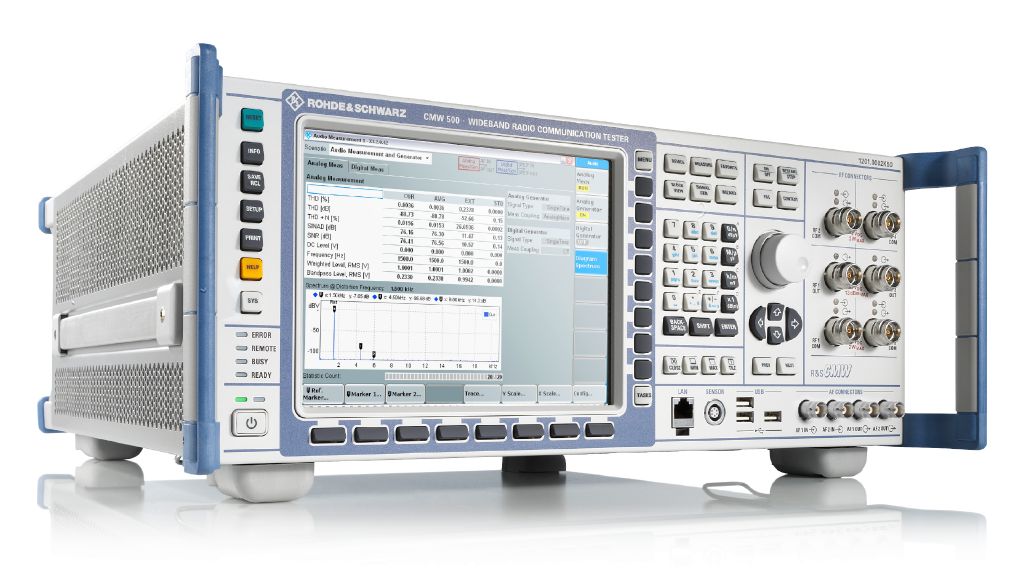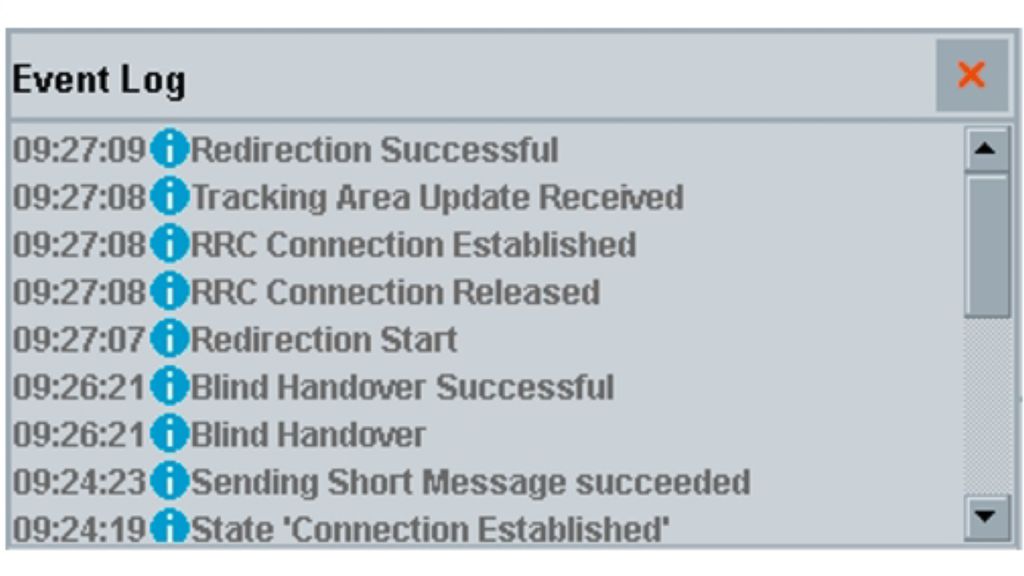Handover testing of automotive infotainment devices
Today’s infotainment units offer a wide range of features to truly embody the concept of the connected car.

Today’s infotainment units offer a wide range of features to truly embody the concept of the connected car.


One key element is the ability of the in-vehicle infotainment (IVI) system to connect to the Internet via 2G, 3G, 4G and WLAN. This allows users to enjoy the benefits of browsing the Internet and streaming video and audio from a diverse selection of websites and apps running on the car’s infotainment device.
All the communications standards are built into a small module that fits into the car head unit. Not only do these modules have to deal with coexistence and interoperability between the standards, the high speed mobility of the car means they also need to be able to handle seamless intra‑RAT and inter-RAT (radio access technology) handovers.
An intra-RAT handover is when a handover takes place within the same LTE or 3G network. The target cell and source cell are both part of the same network. An inter-RAT handover is a handover that takes place between different networks, e.g. from LTE to 3G/GSM or vice versa.
A handover is initiated when the received signal level is below a certain threshold level over a certain period of time. This is quite a familiar scenario because a car on the move goes in and out of the operational range of the serving
cells. As we move towards the era of 5G, the popularity of small cells is rising and cell sizes are decreasing. It is essential to test that communications modules inside the car are able to handle a seamless handover. An interruption
in data or cellular connectivity only downgrades the end user experience. Whether it is a Netflix or a YouTube video stream, it needs to run buffer free on the Infotainment device as the car moves.
Rohde & Schwarz offers a one-box solution for testing intra-RAT and inter-RAT handover: the R&S®CMW500 wideband radio communication tester. The R&S®CMW500 can simulate end-to-end links as well as base stations for the GSM, 3G and 4G communications standards. It can test a handover within the same signaling application (e.g. LTE to LTE) or between two different signaling applications (LTE to 3G or GSM).


R&S®CMW500 wideband radio communication tester.
The R&S®CMW500 supports handover mechanisms such as blind handover and redirection. During a blind handover, the R&S®CMW500 triggers the reconfiguration of a radio resource control (RRC) connection. The reconfiguration message includes intra-RAT mobility control information. This mechanism is relevant for a handover within the signaling application. In this mode, the operating band and the channel can be changed, but not the cell bandwidth.
For a redirection, the R&S®CMW500 triggers an RRC connection with redirection information. This mechanism is relevant for a handover within the signaling application and for a handover to another signaling application or another instrument. For a handover within the signaling application, it is possible to change the operating band, the channel and the cell bandwidth. A new connection with the changed parameters is established.
Finally, the R&S®CMW500 can be used to perform a cell reselection test to determine if the user equipment (UE) automatically registers with a 3G network when the 4G network strength falls below the acceptable power level.


Configuring the R&S®CMW500 for handover testing.


Target cell testing.


Tracing steps for redirection.